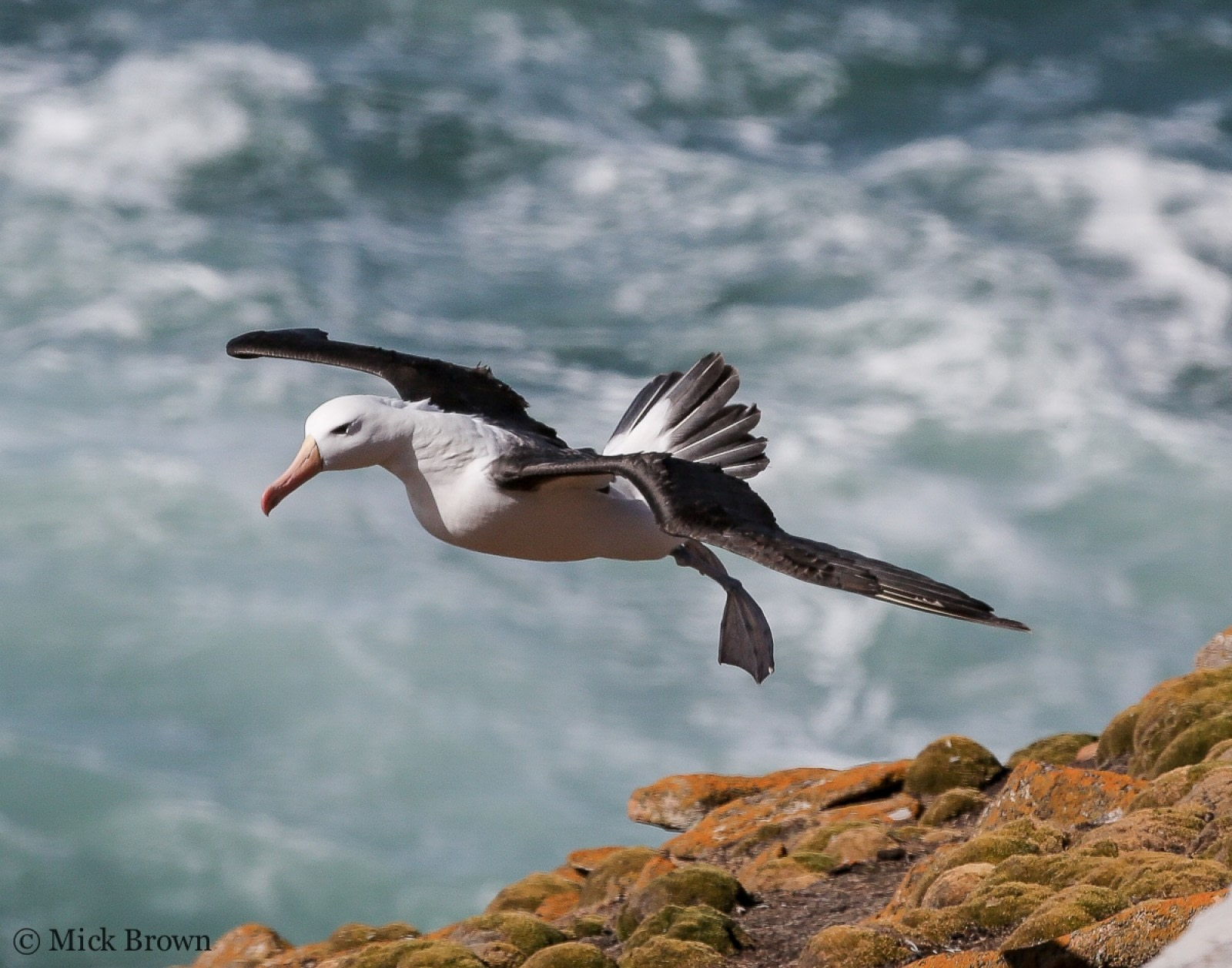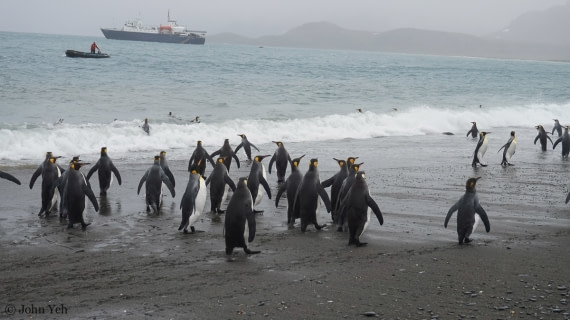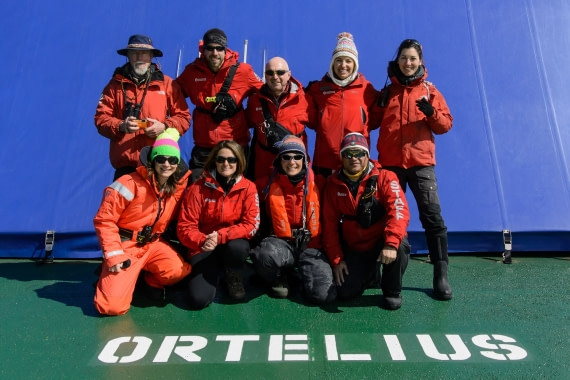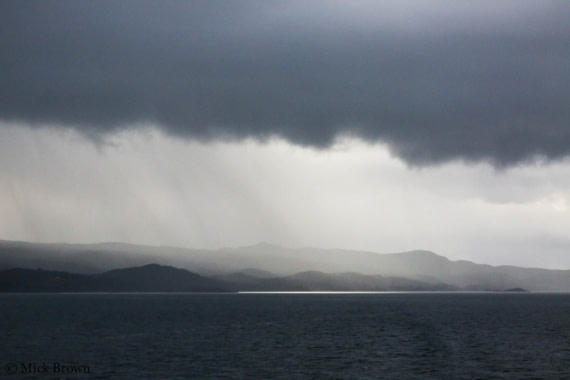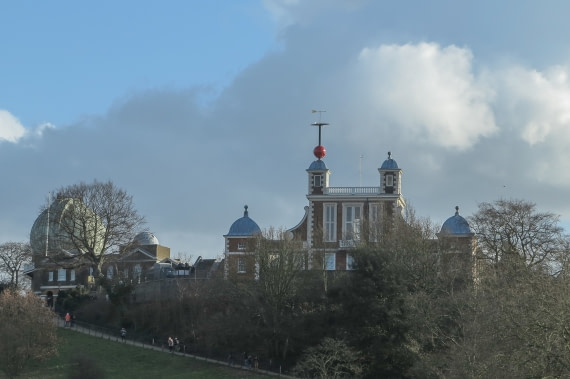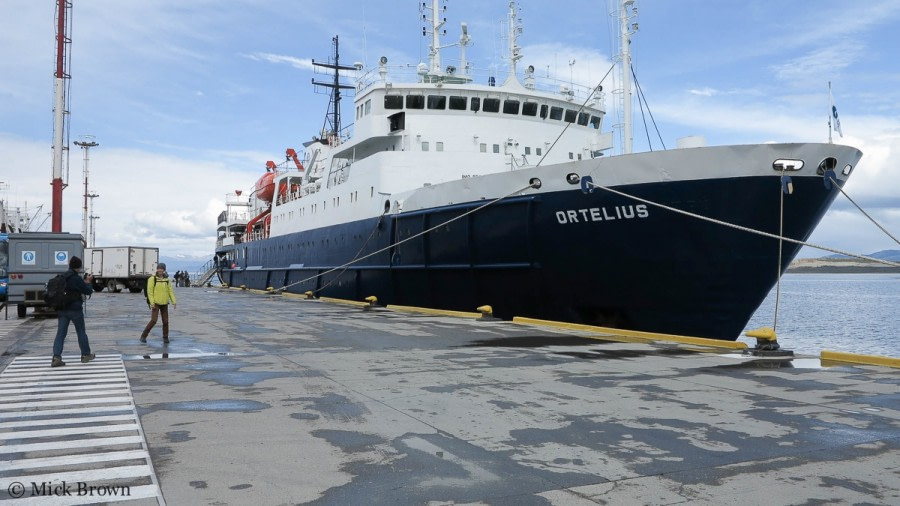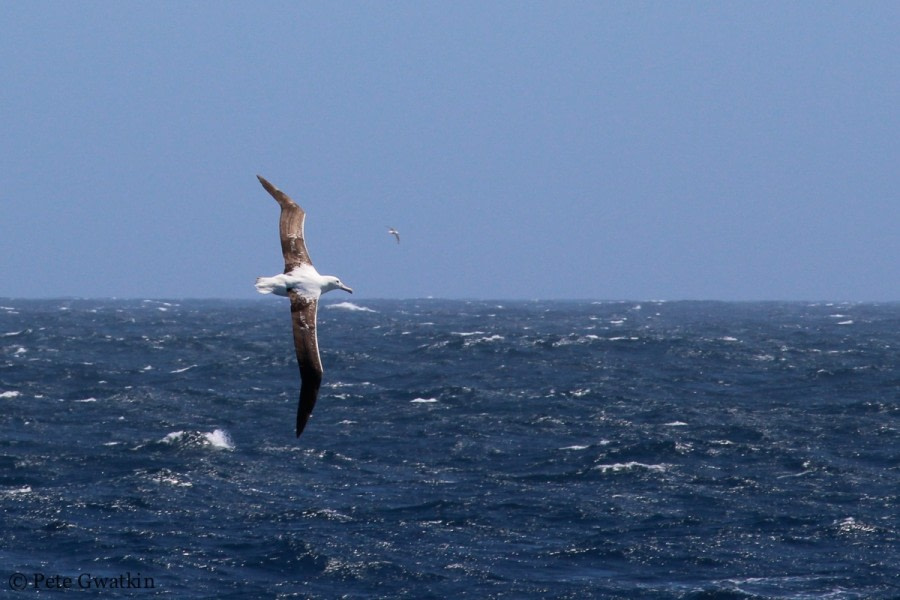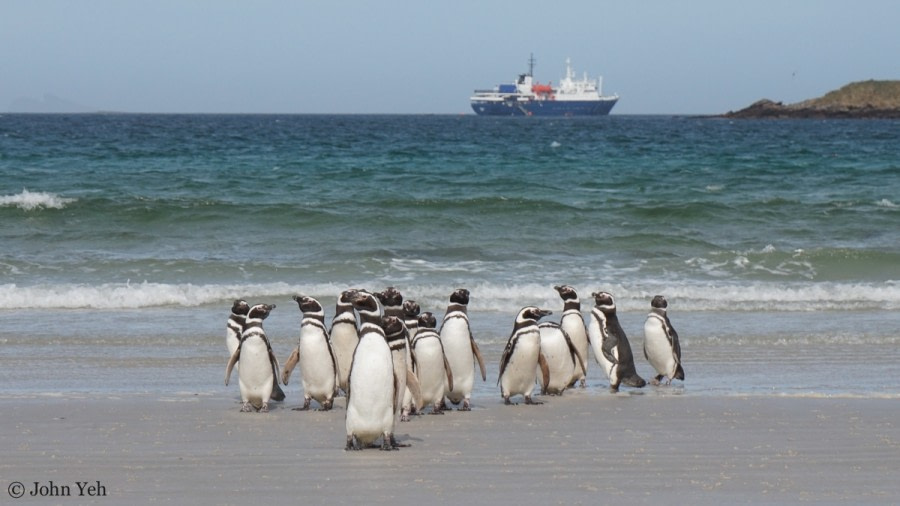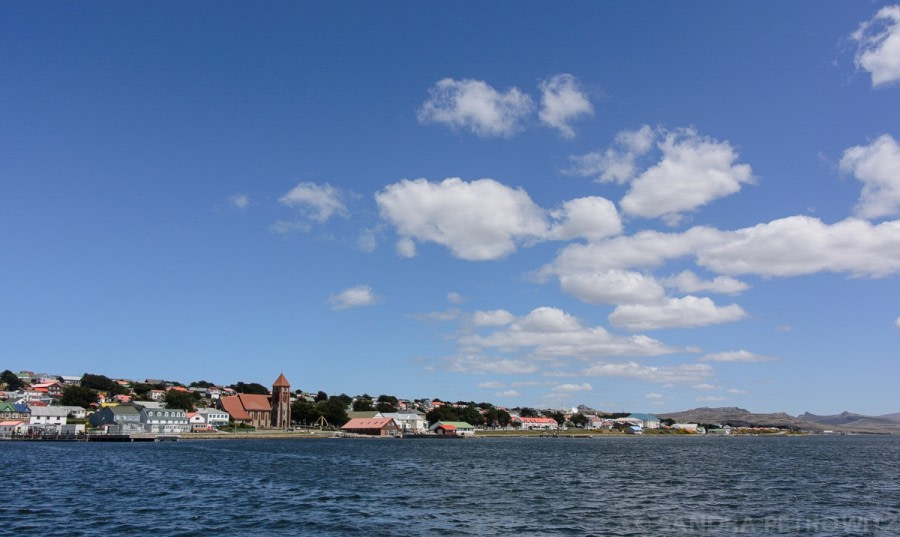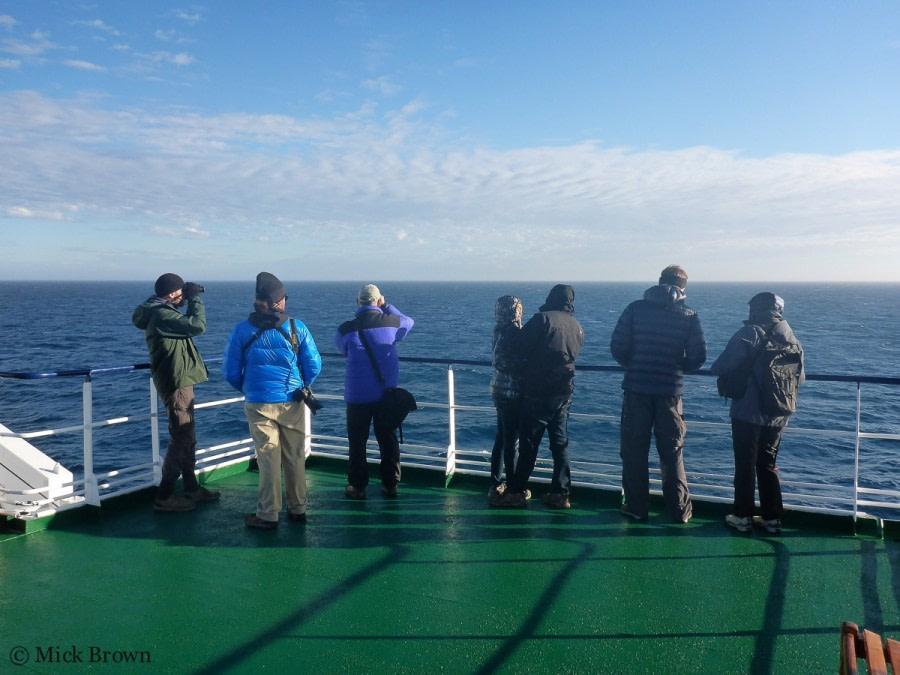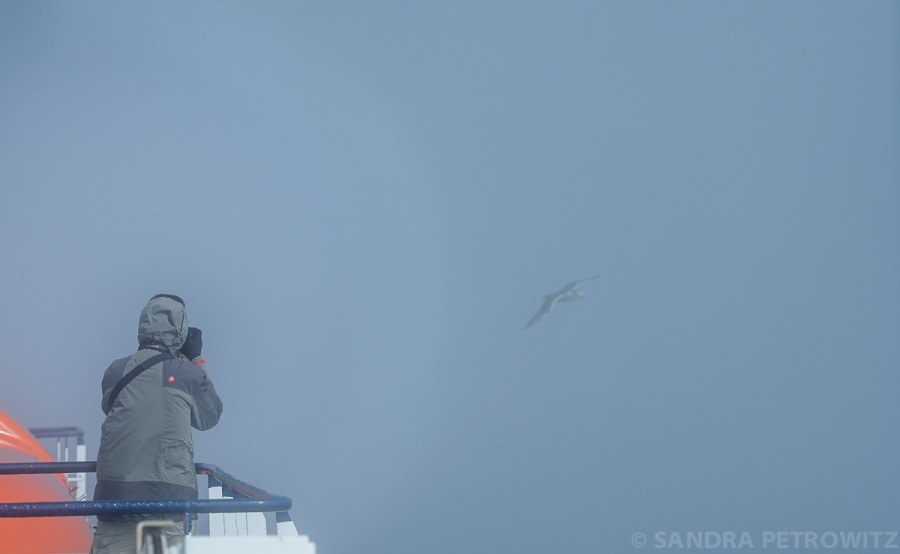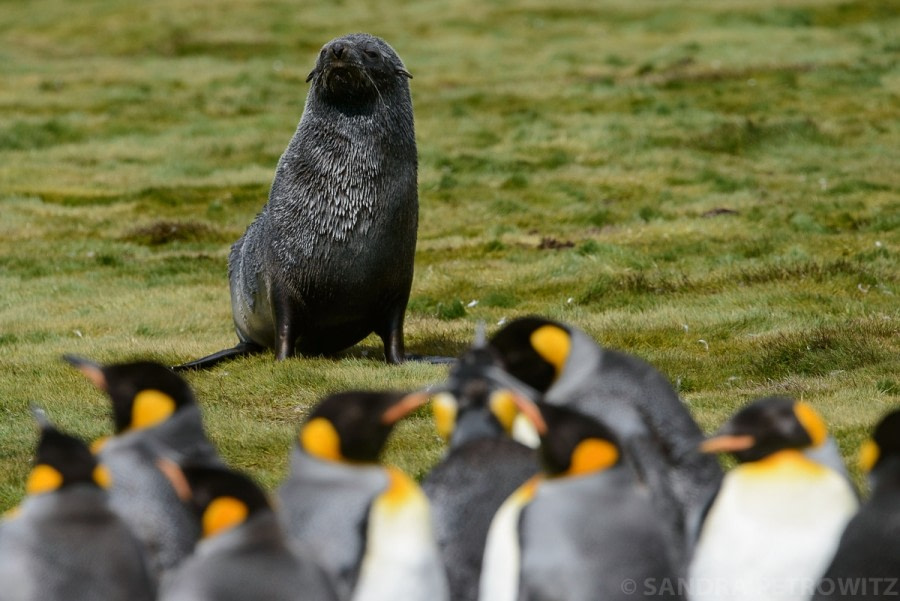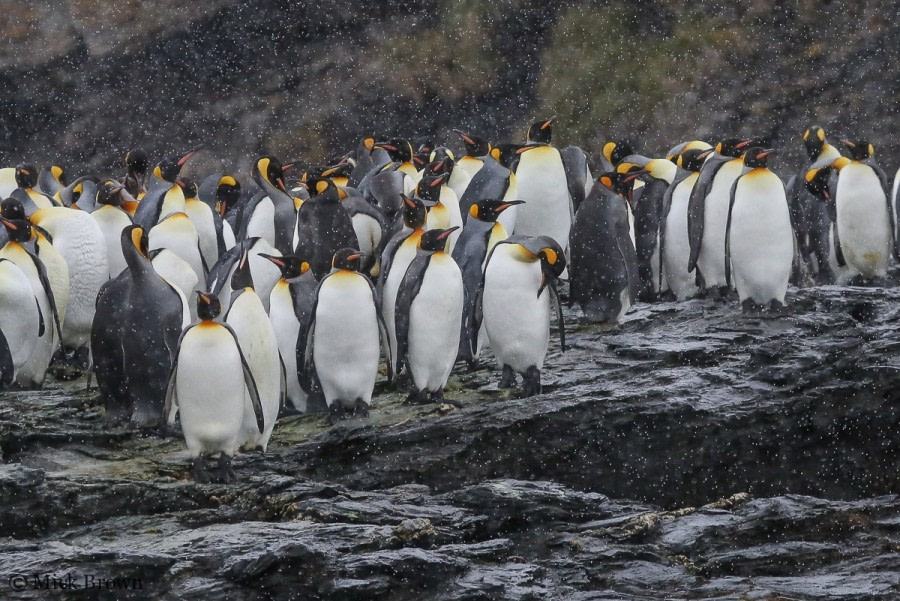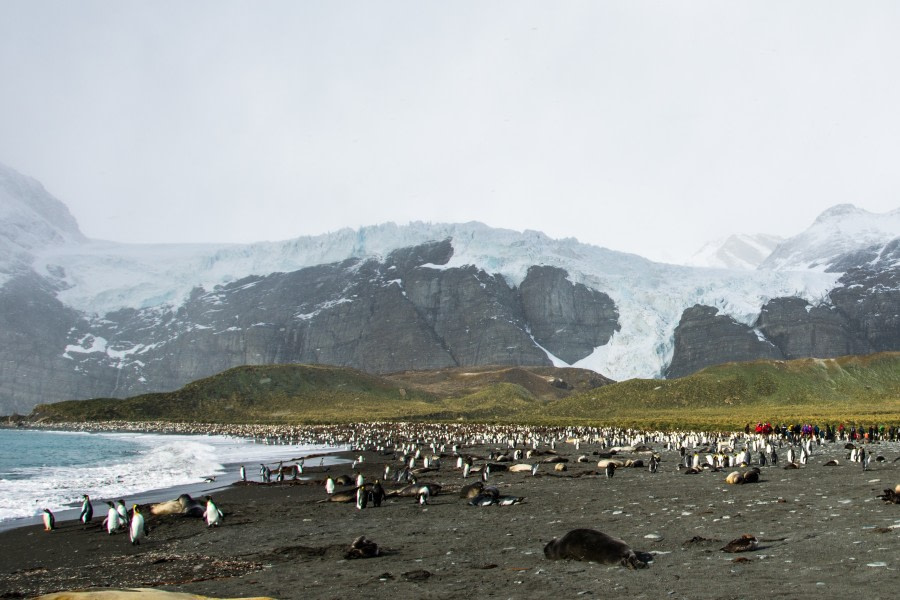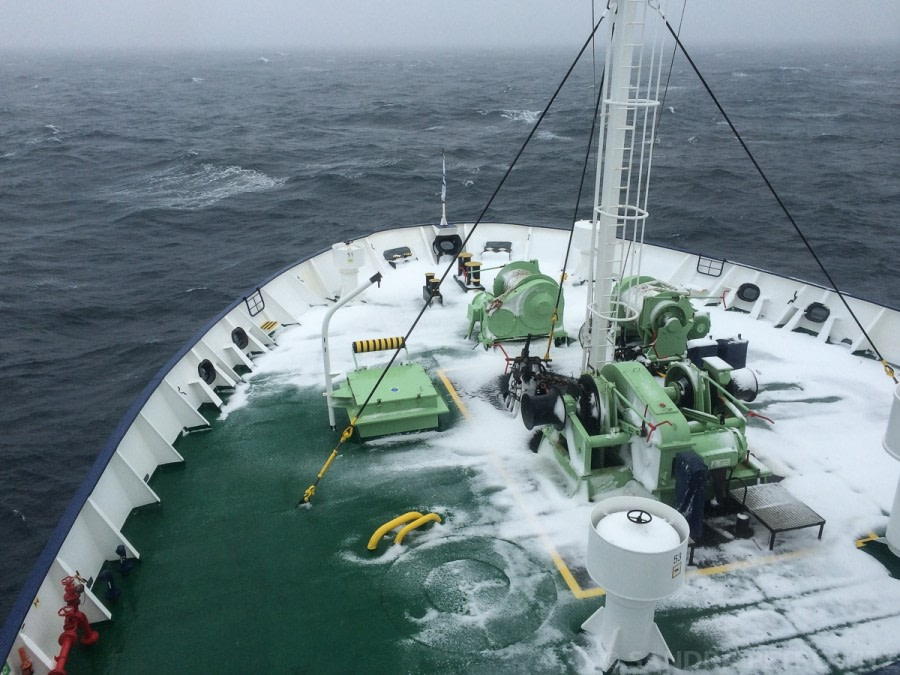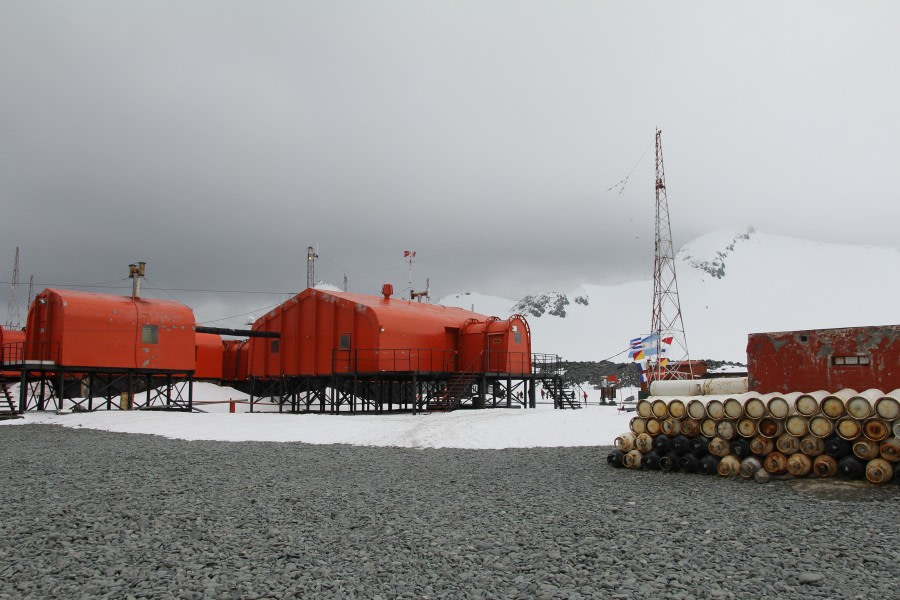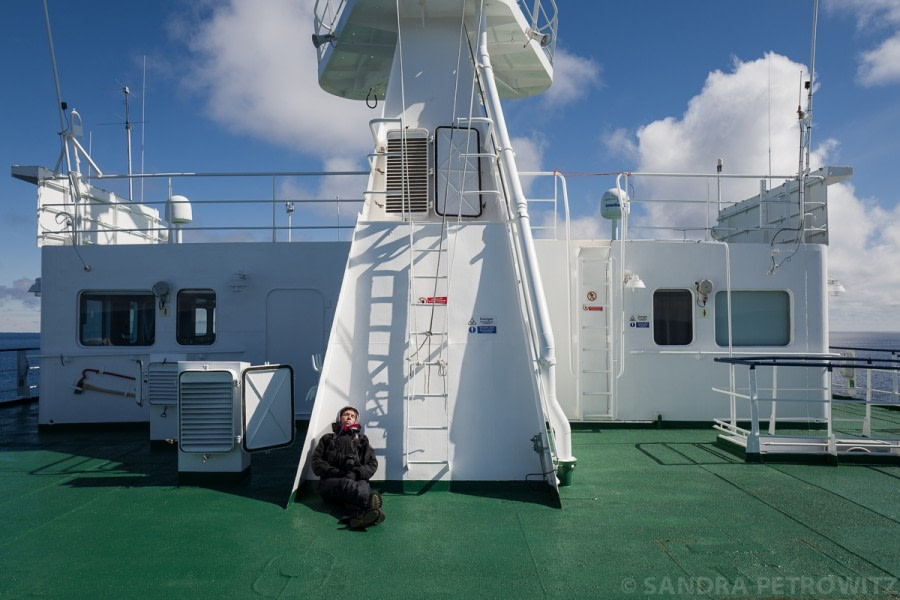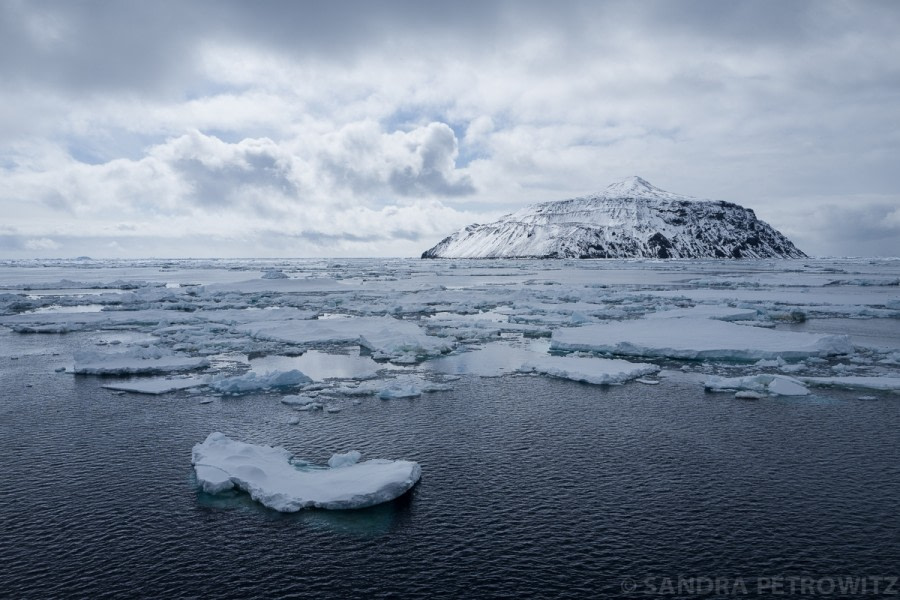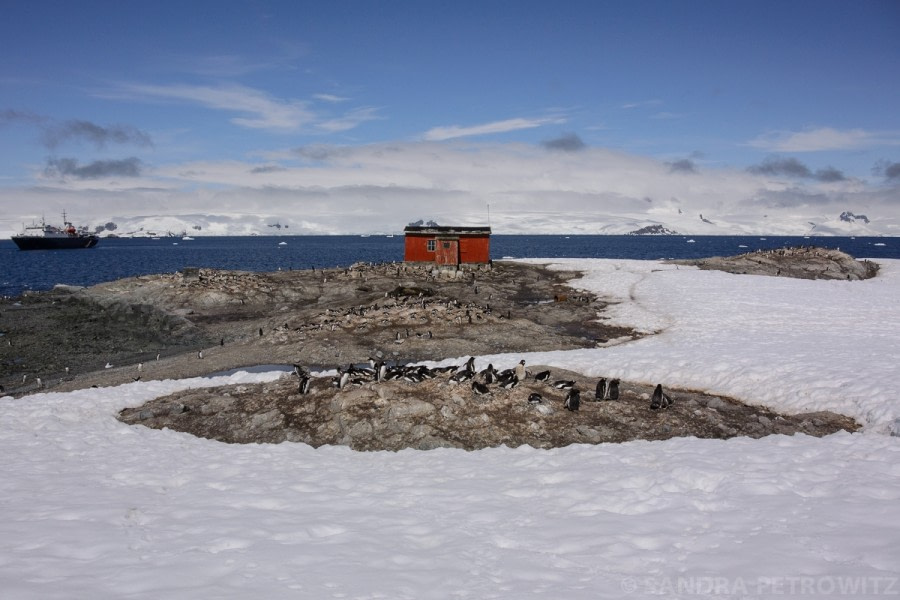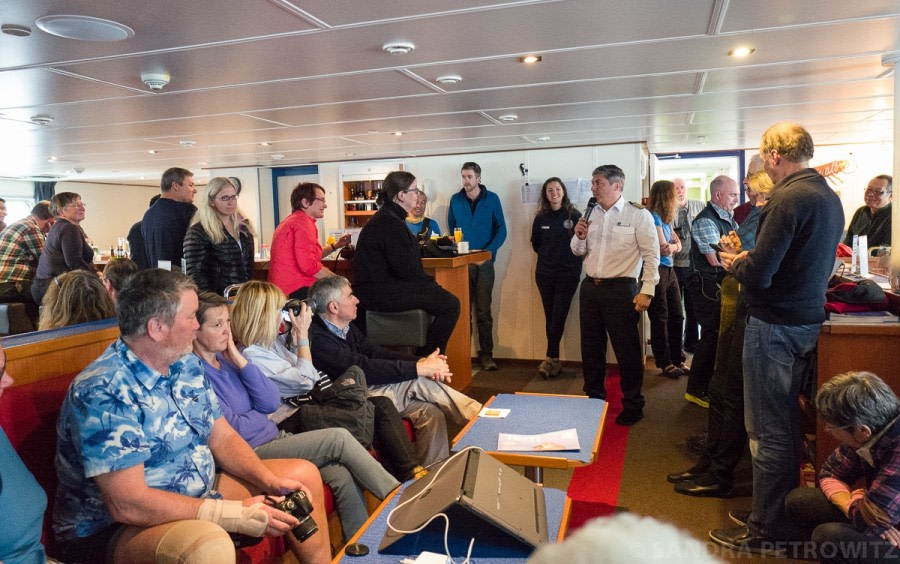| Datum: | 16.12.2016 |
| Position: | 54°48.6’ S / 068°17.9’ W |
| Wind: | light air |
| Wetter: | cloudy |
| Lufttemperatur: | +15 |
On a pleasant afternoon in Ushuaia, from the end of the world (“Fin del Mundo”) we were about to embark on a special journey. At the pier of America’s southernmost city, our new home was waiting: Ortelius, the blue-and-white ship that would take us on our big voyage to the Falkland Island, South Georgia and the Antarctic Peninsula – 19 days filled with nature’s wonders, awe, and adventure. For the first time we made our way up the gangway and at reception were welcomed by the hotel team who showed us to our cabins. There we found our luggage and soon we settled in and started to explore our new surroundings. As soon as everybody was on board, our Expedition Leader Cheryl called us to the lecture room on deck 3 for both the mandatory safety briefing by Third Officer Warren and the introduction to the ship by Hotel Manager Michael. The latter explained about decks and amenities, providing vital orientation whereas Warren acquainted us with the safety features of the vessel and with the essential do’s and don’ts on board. Soon afterwards it was time for the safety drill and we gathered in the bar, donned our big orange lifejackets and went through the roll call to make sure everybody was there. Then we had a look at the lifeboats while Ortelius was leaving the pier. With the landscape of the Beagle Channel gliding by, we made our way out towards the open sea. Birdwatching had already begun with Black-browed albatrosses sailing past, and there were even a few Magellanic penguins porpoising! At 19:15 we gathered in the bar again – it was time to meet Captain Ernesto Barría and the expedition team for a toast to our voyage. Afterwards we enjoyed the first of many delicious meals on board. The ship’s movements were very gentle, and the subtle rocking combined with the information and sensory overload we had received today made some of us soon feel quite sleeeeeeeeeeepy …
